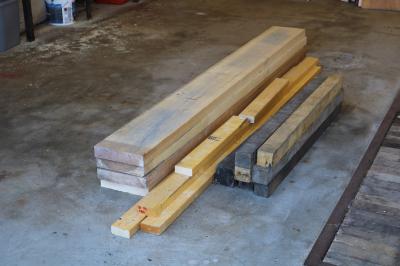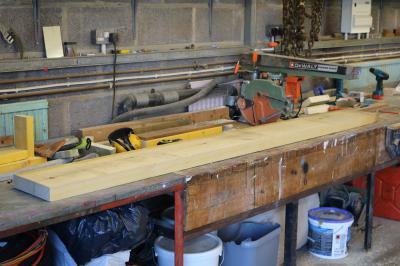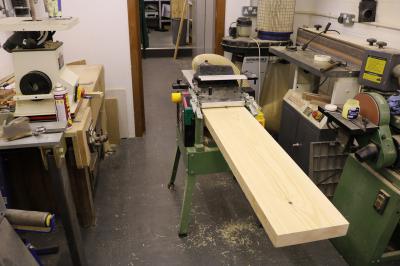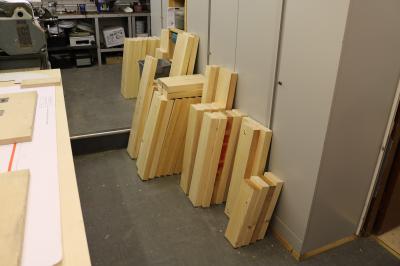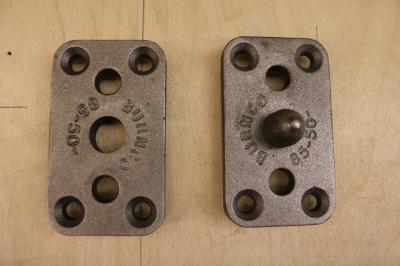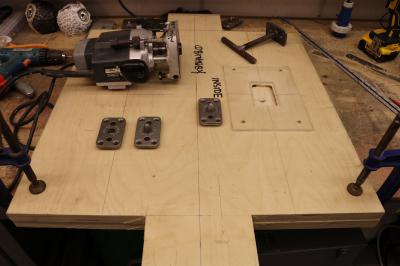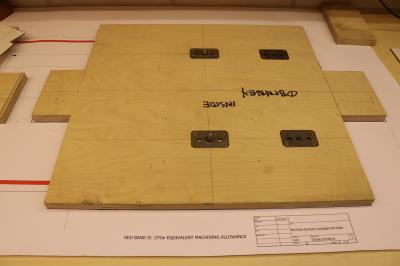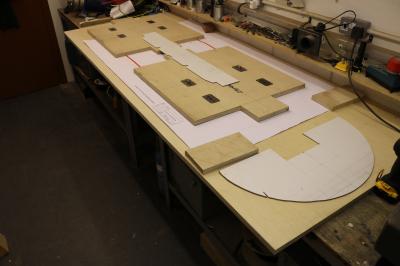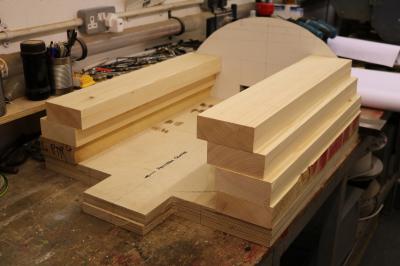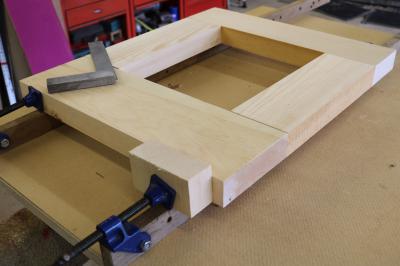Main Cylinders
| First | Previous | Back to Index | Next | Last | |||||
| 143 records found. Page 3 of 15 displayed. | |||||||||
For most of the photos on this page, you can click the image for a larger picture.
| First | Previous | Back to Index | Next | Last | |||||
| 143 records found. Page 3 of 15 displayed. | |||||||||



